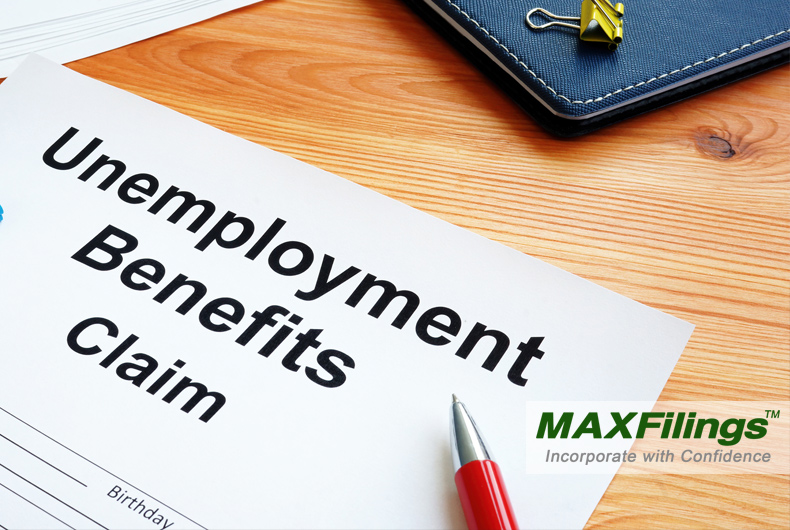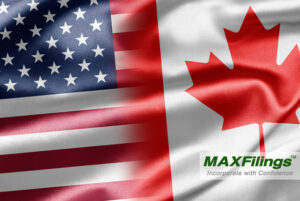
As the United States and the rest of the world prepare to move into the summer of COVID-19, the need to prevent an economic collapse while also stopping the coronavirus is growing more imperative.
To that end, Congress passed the CARES Act (Coronavirus Aid, Relief & Economic Security), providing $2 trillion in a coronavirus stimulus package. President Trump signed it into law. The small business loans available went quickly and the program was replenished in late April, with an additional $310 billion available to small businesses.
Many small business owners are now asking—of each other, of their elected officials, and of the media—how this package will help them.
The loans are intended to cover their payroll, utility and insurance expenses. Thus, small business owners can keep their workforce paid and their brick-and-mortar shops open until something resembling economic life can begin again.
Here are the core benefits the government hopes to provide for businesses with 500 or fewer employees:
- Interest rates for the loans are capped at 4 percent and there are metrics established for complete loan forgiveness if certain conditions are met.
- The loans can be obtained through private financial institutions, provided those banks are a part of the Small Business Administration (SBA) network.
- There is a 50 percent refundable payroll tax credit on worker wages. The employer side of payroll taxes is delayed until 2021.
- Loss-reduction rules have been loosened up to allow small businesses to claim more tax relief.
The benefits listed above do not include the most publicized part of the government’s relief efforts, which is the $1,200 checks being sent to individual taxpayers. While not directly aimed at small businesses, the checks have the goal of keeping more money in the economy, which would presumably be used to purchase goods and services from small businesses.
Challenges to small business success
No government initiative is without hiccups — and the CARES Act is certainly not an exception to that rule. Attempts by small businesses to secure coronavirus stimulus funds have run into main challenges.
- The most obvious is that the program simply ran out of money. In the first round, 1.6 million businesses received approval for the loan, but the funding has not shown up in bank accounts. The second round of government money is clearly aimed at addressing that, but how far will it go? And how many more businesses will be needing help in the coming months?
- Congress initially waived the requirement that applicants for SBA loans show they do not have access to other forms of credit. It was a move done with good intentions, to ensure that small businesses could get in line quickly. It was something exploited by large chains and publicly traded companies, who got the funding they didn’t need.
This loophole has been updated to require that borrowers certify “in good faith” that they have no other sources of capital and the current economic uncertainty makes the loan necessary for continued operations.
But will that be enough to prevent abuse of the program at the expense of honest small business owners?
We’re about to find out.


